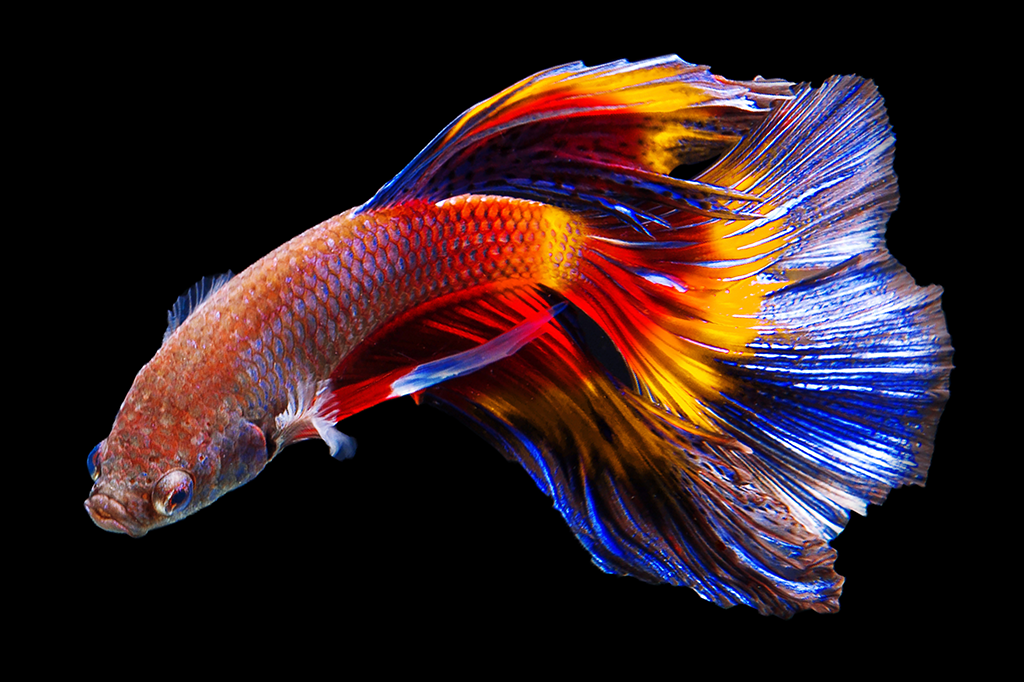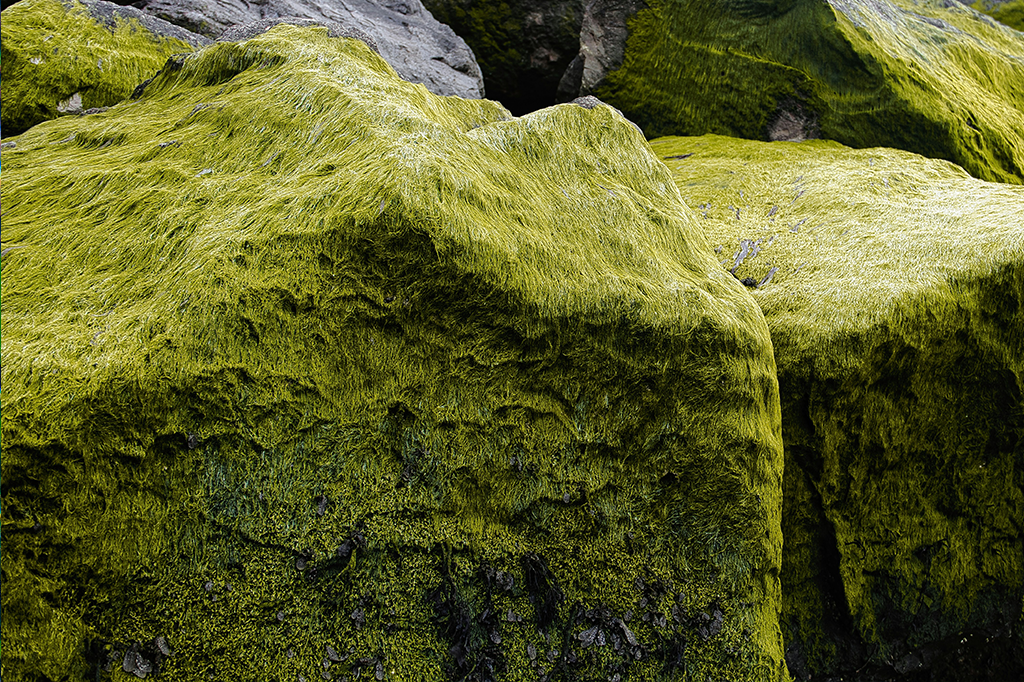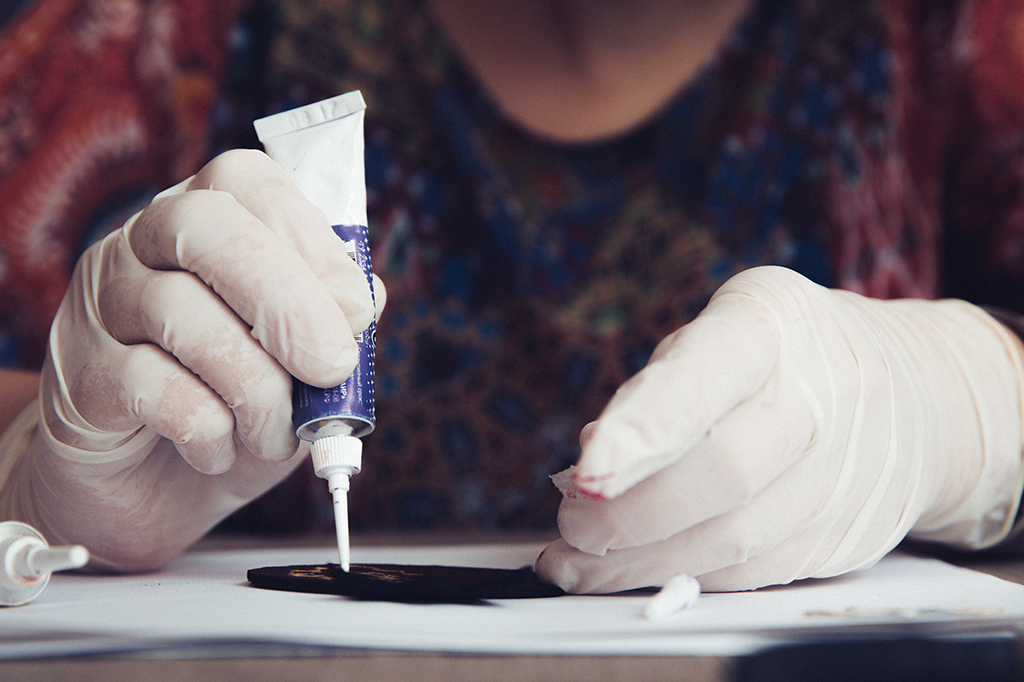One of the most popular choices for aquascaping is the Betta fish, known for its vibrant colors and flowing fins. Here’s a comprehensive guide on keeping Betta fish for aquascaping.
Understanding Betta Fish
Betta fish, also known as Siamese fighting fish, are native to the Mekong basin of Thailand, Cambodia, and Vietnam. They are labyrinth fish, meaning they can breathe oxygen from the air and the water. This unique trait allows them to thrive in low-oxygen water conditions. Betta fish are known for their territorial nature, often displaying aggression towards other male bettas. However, they can thrive in solitary environments with proper care. With their stunning appearance and unique behaviors, betta fish have become popular pets among aquarists worldwide.

Due to their labyrinth organ, it has led to a widespread misconception that bettas can thrive in tiny bowls or cups. While it’s true that bettas can survive in such conditions for short periods, this does not mean it’s ideal for their overall health and well-being. In reality, betta fish, like all aquatic creatures, require proper space, filtration, and environmental enrichment to thrive. Small tanks lack the necessary space for bettas to exhibit natural behaviors, such as swimming and exploring.

High quality low iron glass.
The glue is made of German professional aquarium glue which is safe for fish and other creatures in the tank.
Aquascaping for Betta Fish
When aquascaping for Betta fish, consider their natural habitat. They prefer densely planted tanks with plenty of hiding spots. Plants like Java Fern, Anubias, and Amazon Sword are excellent choices. Driftwood and rocks can also be used to create a natural-looking environment. Opt for a tank size of at least 8 gallons (30 liters) to provide ample swimming space for your betta. Larger tanks offer more opportunities for aquascaping and create a more stable environment.
Bettas thrive in warm water temperatures ranging from 73.5-80°F (23-27°C). Maintain stable water parameters, including pH, ammonia, nitrite, and nitrate levels, by performing regular water tests and water changes. Bettas prefer calm, slow-moving water, so choose a filtration system that provides gentle water flow. Baffles or sponge filters can help reduce water flow and prevent strong currents in the tank.

100W Betta fish heater, voltage: 110~120V, is suitable for use in 10-20 gal
Feeding and Care
Bettas are carnivorous and thrive on a diet of high-quality Betta pellets, frozen or live brine shrimp, and bloodworms. They should be fed once or twice a day, with only as much food as they can consume in a few minutes. Overfeeding can lead to obesity, digestive issues, and water quality problems. Bettas are prone to overeating, so resist the temptation to feed them excessively. Uneaten food can pollute the water and negatively impact their health.
Choose tank mates carefully, as bettas can be territorial and aggressive towards other fish, especially males. Avoid keeping them with fin-nipping or aggressive species, or any fish that move fast and can trigger the aggressive behavior. Besides that minimize handling and avoid netting your betta unless absolutely necessary, as it can stress them out and damage their delicate fins.

Probiotic Fish Food Formula with GarlicGuard 15g/.5oz
Health and Wellness
Regular water changes and monitoring for signs of illness are crucial for the health of your Betta. Common signs of illness include loss of color, decreased appetite, and lethargy. The most common illnesses that bettas may experience are:
Fin Rot
Fin rot is a bacterial infection that causes the deterioration of the fins and tail. Symptoms include ragged or frayed fins, discoloration, and inflammation. Poor water quality, stress, and injuries can contribute to fin rot. Treatment involves improving water quality, administering antibiotics, and providing a stress-free environment.
Ich (Ichthyophthirius multifiliis)
Also known as white spot disease, ich is a parasitic infection caused by the protozoan parasite Ichthyophthirius multifiliis. Symptoms include white spots resembling grains of salt on the fish’s body, flashing (rubbing against objects), and respiratory distress. Treatment typically involves raising the water temperature, administering aquarium salt, and using medication to eradicate the parasites.
Swim Bladder Disorder
Swim bladder disorder affects the swim bladder, a buoyancy organ that helps fish regulate their buoyancy and orientation in the water. Symptoms include difficulty swimming, floating to the surface or sinking to the bottom uncontrollably, and a tilted or lopsided posture. Swim bladder disorder can be caused by overfeeding, constipation, or bacterial infections. Treatment involves fasting the fish, adjusting their diet, and providing a stress-free environment.
Dropsy
Dropsy is a symptom rather than a specific disease and is characterized by the swelling of the fish’s body due to fluid retention. Symptoms include bloating, protruding scales, lethargy, and loss of appetite. Dropsy can be caused by bacterial infections, organ failure, or poor water quality. Treatment may involve antibiotics, Epsom salt baths, and supportive care.
Velvet (Oodinium)
Velvet is a parasitic infection caused by the protozoan parasite Oodinium. Symptoms include a fine golden or rust-colored dusting on the fish’s body, rapid gill movement, and lethargy. Velvet can be introduced into the aquarium through new fish or contaminated plants. Treatment involves raising the water temperature, using medication to eradicate the parasites, and maintaining optimal water quality.
Columnaris (Flexibacter)
Columnaris is a bacterial infection caused by the bacterium Flexibacter columnaris. Symptoms include white or grayish patches on the fish’s body, frayed fins, and lethargy. Columnaris is highly contagious and can be triggered by stress, poor water quality, or injuries. Treatment involves administering antibiotics, improving water quality, and providing a stress-free environment.

Protects fish scales and fins, reduces nitrite toxicity, and helps reduce stress





Leave a Reply